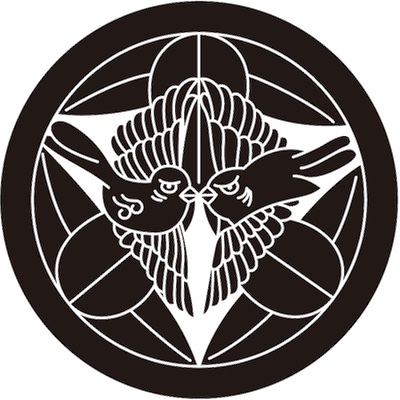
Kamon, the Japanese family crest, indicates a family’s origins. Unlike the coat of arms, it doesn’t belong to an individual but to a family. Foreigners can have one if they wish. Inheriting the Kamon from generation to generation will encourage a family to prosper for a long time to come.
What is Kamon in Japan?
Brief History of Kamon
Can foreigners have Kamon?
Can you create your own Kamon?
Japanese Patterns Significance
What is Kamon in Japan?
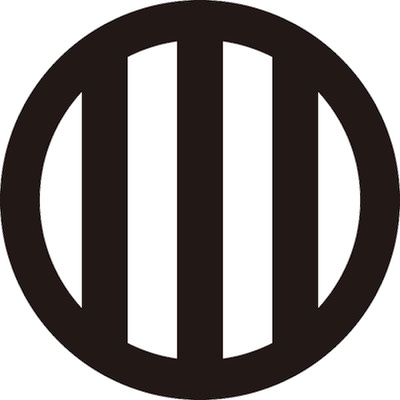
A Kamon represents the family’s status and origin, meaning, and wishes. Every family in Japan has at least one Kamon, which was originally engraved on ceremonial clothing, furnishings, tombstones, and other items. During the Edo period (1603-1867), the number of family crests increased explosively, and their use flourished.
Many entities in Japan have pictorial marks (a kind of logo symbol). Shinto shrines, Buddhist temples, schools, and even local governments have logo symbols; however, they are not Kamons. Kamon (家紋) means family crest in Japanese.
Today, it is not unusual for even Japanese people to be unaware of their family crests. But not a few foreigners find this genuinely fascinating and value it highly.
Japanese Family Crest: List of the Lineage Symbols
Brief History of Kamon
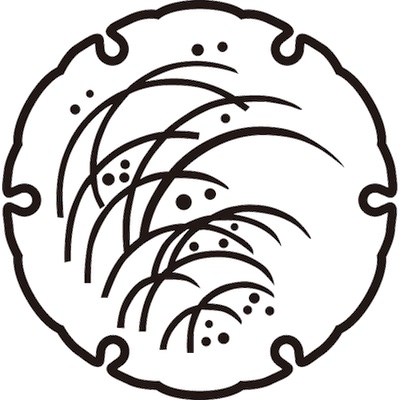
The patterns used by court nobles around the Nara period (710-194) gradually came to represent each family. In the warrior class, family crests developed rapidly in the early Kamakura period (1185-1333) to distinguish friend and foe on the battlefield, and to show war merits.
They initially developed from the makumon (curtain with a crest). They were painted on flags, helmets, and armor sleeves to distinguish friends and foes and to make one’s own identity clear.
May wars and conflicts encouraged Kamon to develop and increase its numbers. When samurai didn’t have to battle anymore in the Tokugawa period (1603-1867), Kamon began to sophisticate. People started to put Kamon on clothes, and it changed the Kamon design to be symmetric and circled.
Ordinary people began using Kamon in the 19th century after they were allowed to use family names. However, after the Meiji Restoration, the custom of wearing ceremonial clothes with family crests fell into disuse due to the popularity of Western-style clothing. Still, they used them on occasions like wedding ceremonies or funerals.
Can foreigners have Kamon?
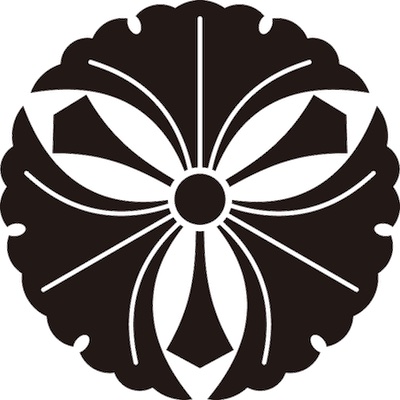
Anyone who wishes to have a Kamon can have one. Even those who have no Japanese blood relations can have Kamon since those who own a family crest do not need to report it anywhere but rather pass it down from generation to generation. It is about family ties, legacy, and prosperity wishes for the family.
Even commoners could use family crests, but they were prohibited by law in exceptional cases. That is when people were presumed to use or steal prohibited family crests. Toyotomi Hideyoshi was the first to ban the use of the chrysanthemum and paulownia crests in the 16th century.
Today, only the use of the chrysanthemum crest is prohibited due to its exclusive use by the Imperial family.
Japanese Family Crest Design Service
Can you create your own Kamon?
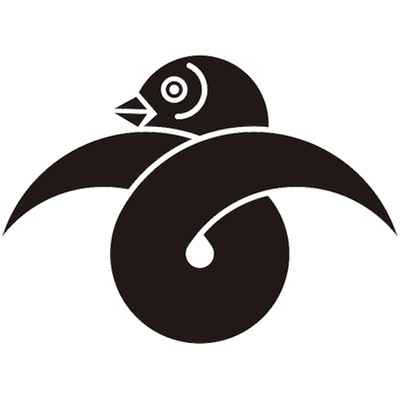
Perhaps this is the most beautiful thing about Kamon in Japan. You can create your own Kamon if you desire. Again, unless you use the chrysanthemum pattern, which is entitled to the Japanese Imperial family, you can create your own Kamon freely.
Japanese Patterns Significance
Japan boasts a rich variety of beautiful patterns. Most of them originate from the middle of the Heian period (around the 9th—10th century), so you can assume that the Japanese don’t stop creating new ones today.
Many patterns, including Kamon, are derived from plants. The wide variety of plants and flowers gives Japanese patterns diversity and shows how rich the Japanese land is.
Each pattern has its meaning and history, so be sure to check Japanese Patterns: Traditional Motifs and Designs.


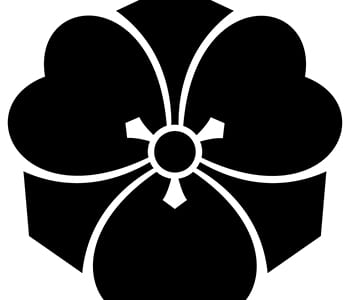
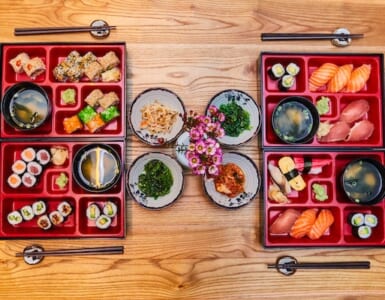
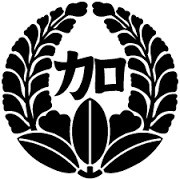


Add comment